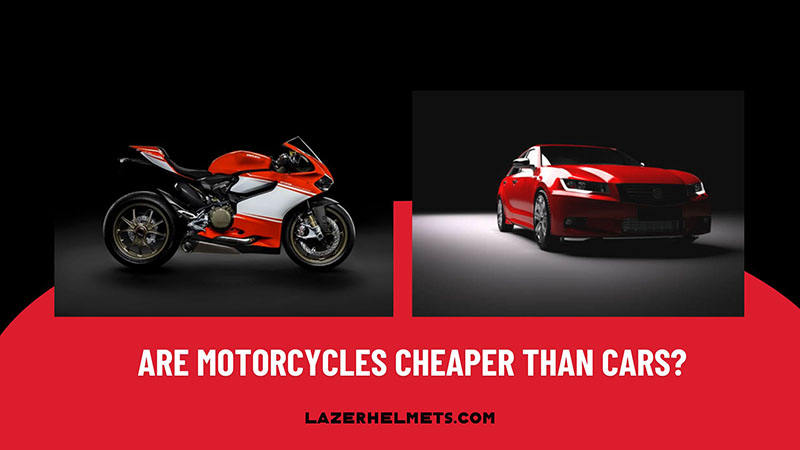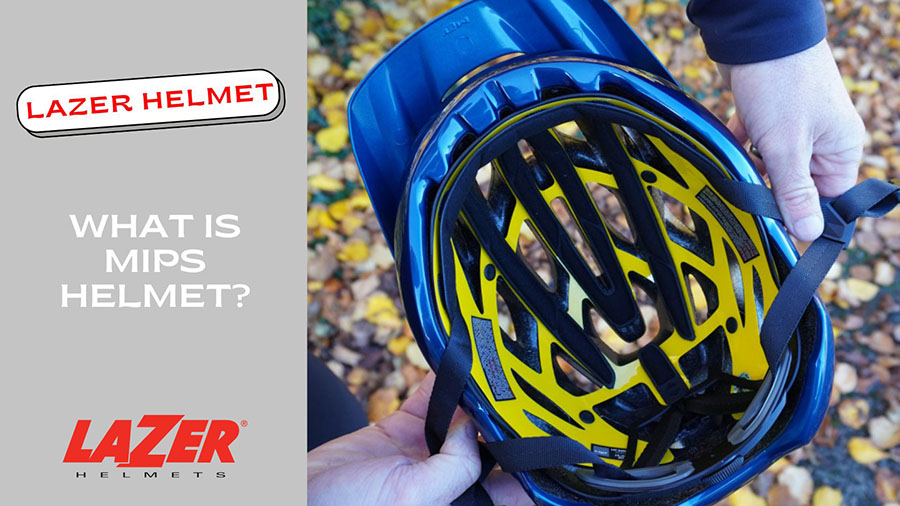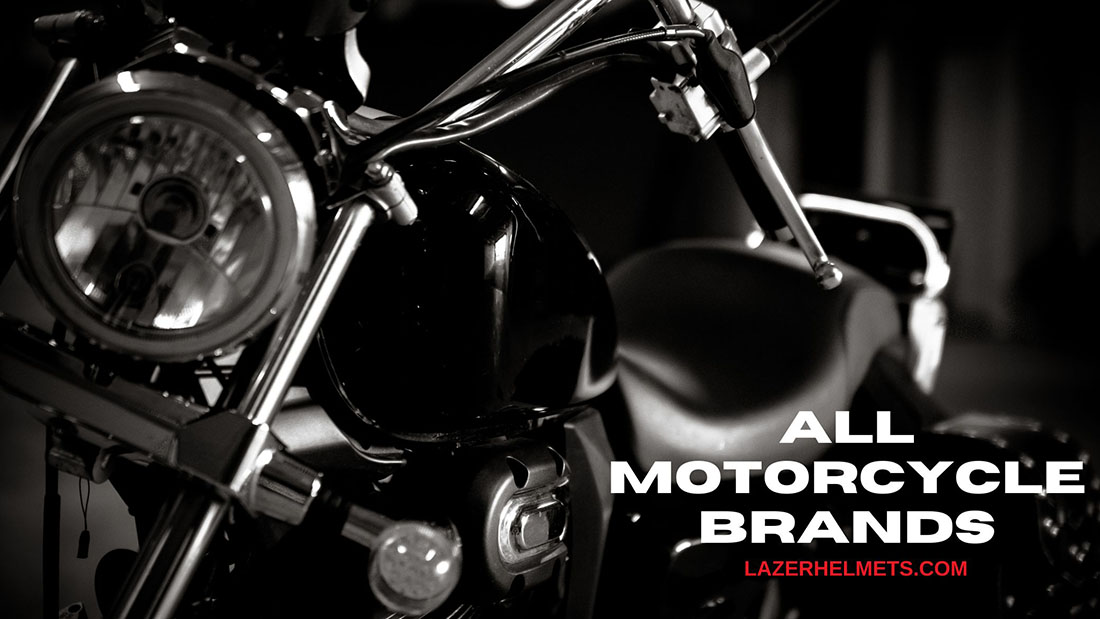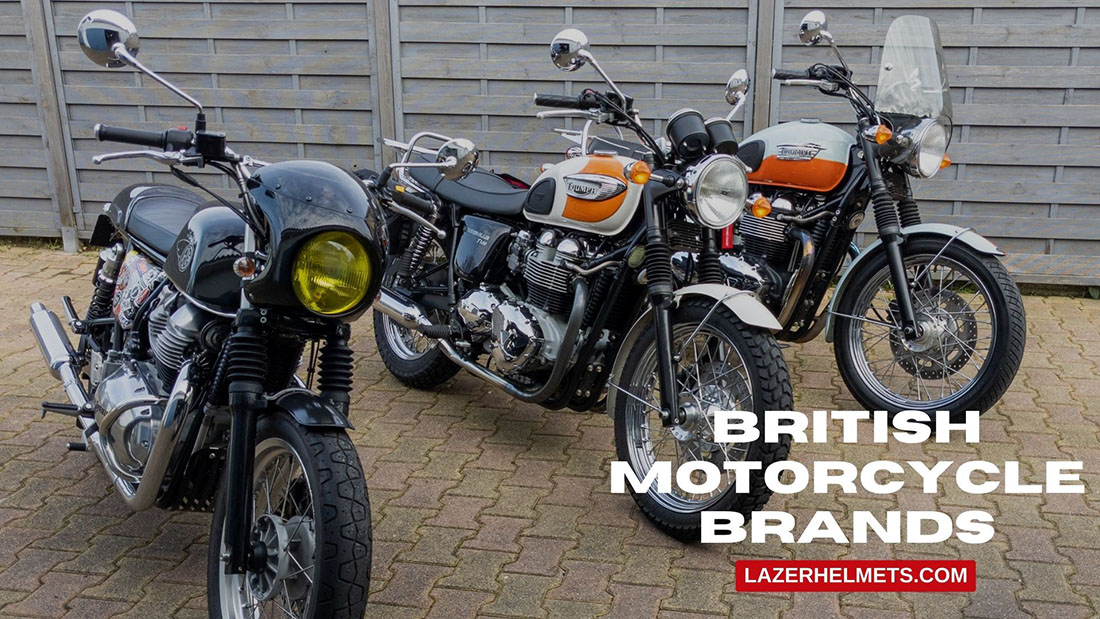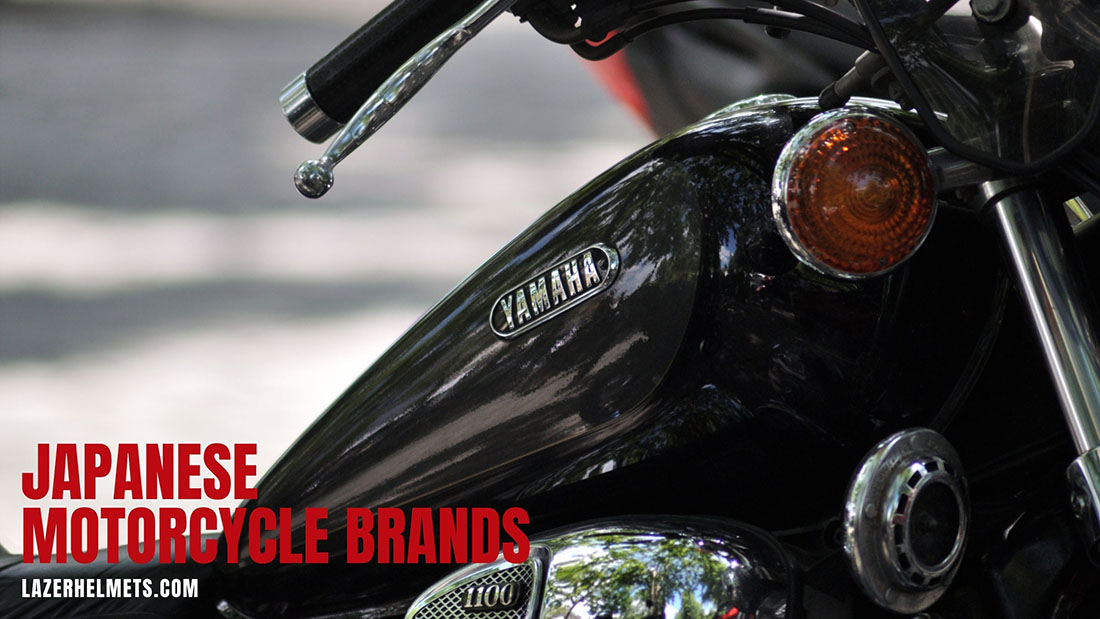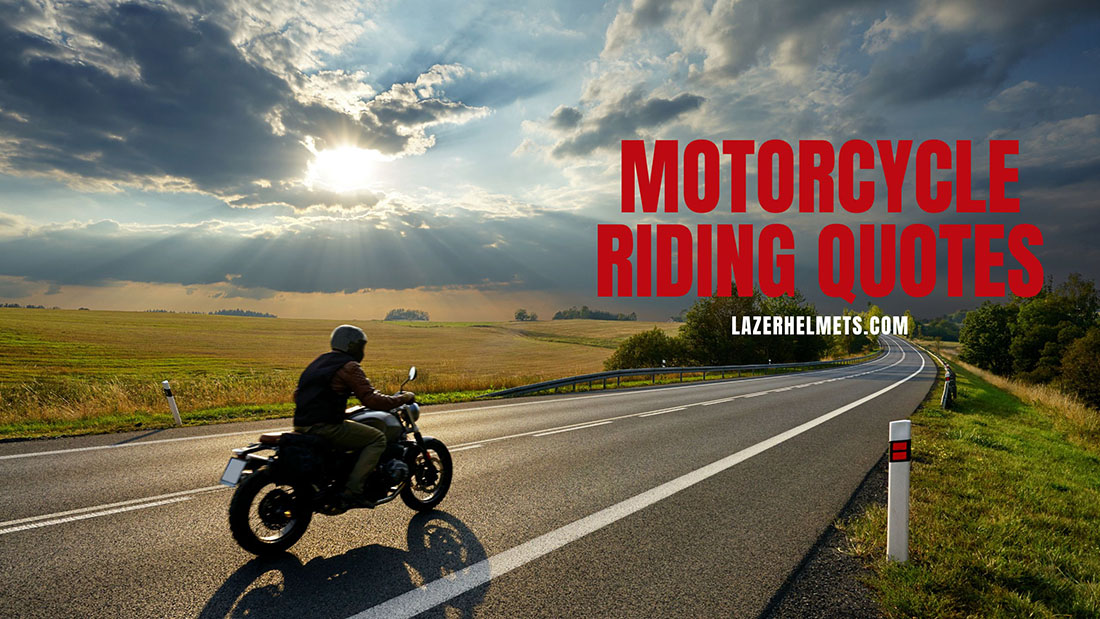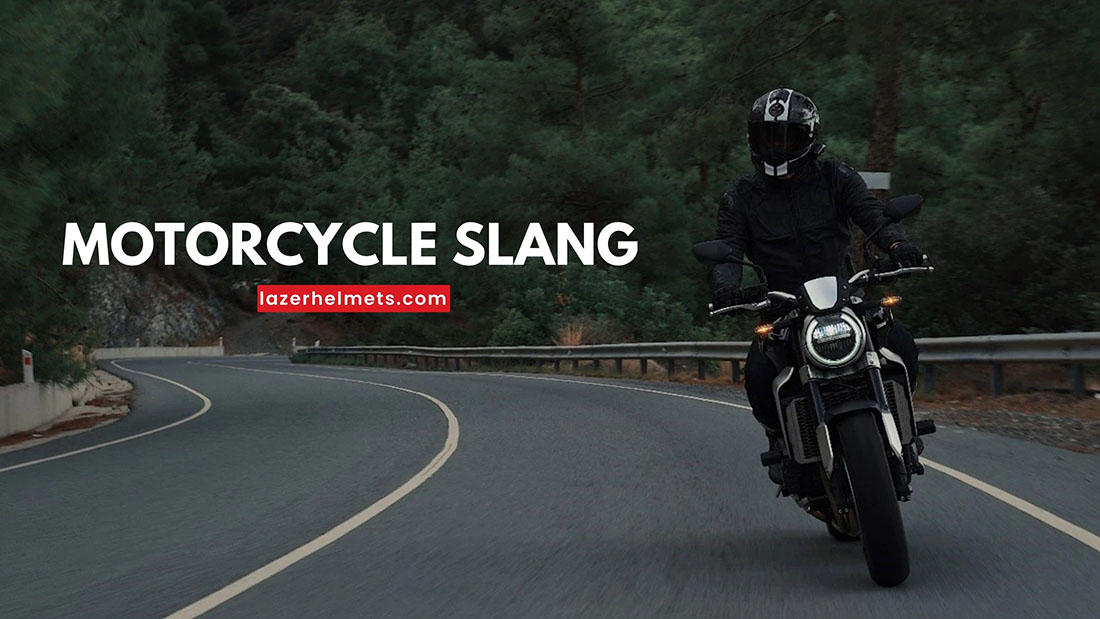There’s no doubt that motorcycles and cars are the two most popular vehicles on the street; the sight of them littering every corner is familiar regardless of where you live! Hence, it’s normal to plan on buying one when you reach the legal riding age.
But the prices become the issue here (aren’t they always, in this capitalist era?). Many readers have sent us questions about their upfront costs and other relevant charges. Is owning a motorcycle cheaper or more expensive than a car?
Our expert team has tackled these inquiries in depth with this guideline. Scroll for more detail.
Table of Contents
Is It Cheaper to Ride A Motorcycle Than A Car?
The answer is quite predictable: motorcycles cost much less than cars. Look at the breakdown of each type of required cost, and you will understand why.
1. Upfront Costs
Thousands of options for bikes and cars are at play. Overall, it’s safe to say that the upfront costs for most motorbike models are far lower than even the cheapest car out there.
While you have to set aside about $10,000-$16,000 for a motorcycle, the car prices average at $50,000.
1a. Motorcycles
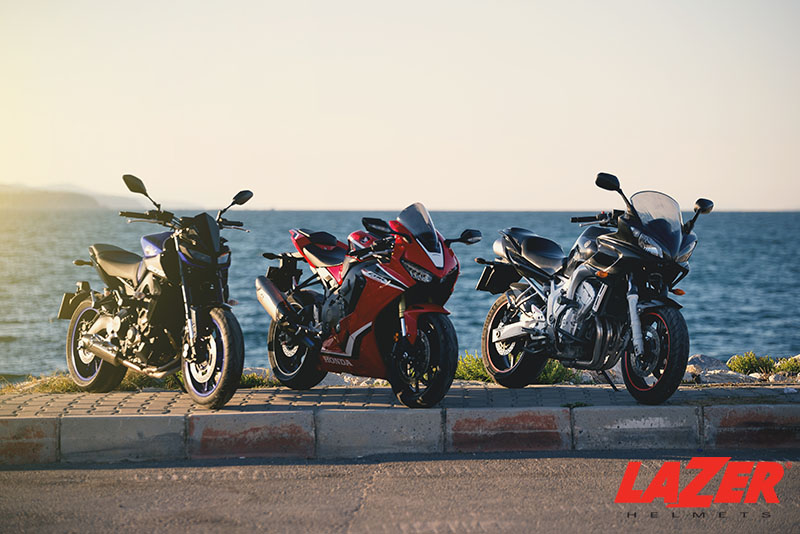
The marketplace for motorcycles is truly widespread, with numerous types ranging from off-road machines and urban scooters to touring motorbikes.
Cruisers
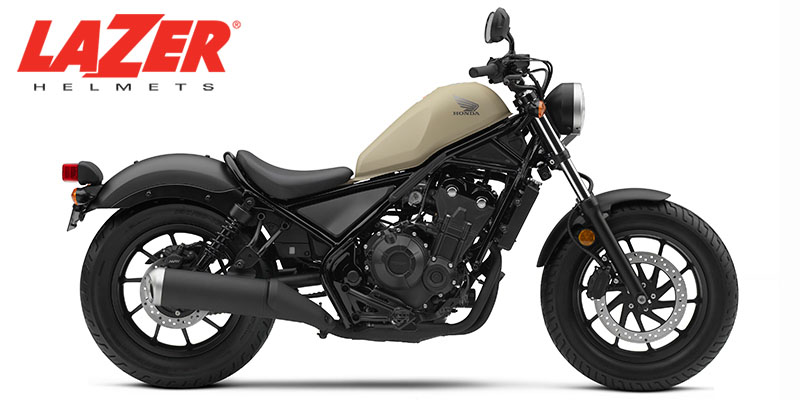
These motorbikes are usually lower and longer than standard ones, with low seat positions that work wonderfully for shorter riders.
However, they incorporate lean-back forks more suited to experienced motorists, so consider your skill carefully. The average price fluctuates from $4,000 to $25,000.
Touring Bikes
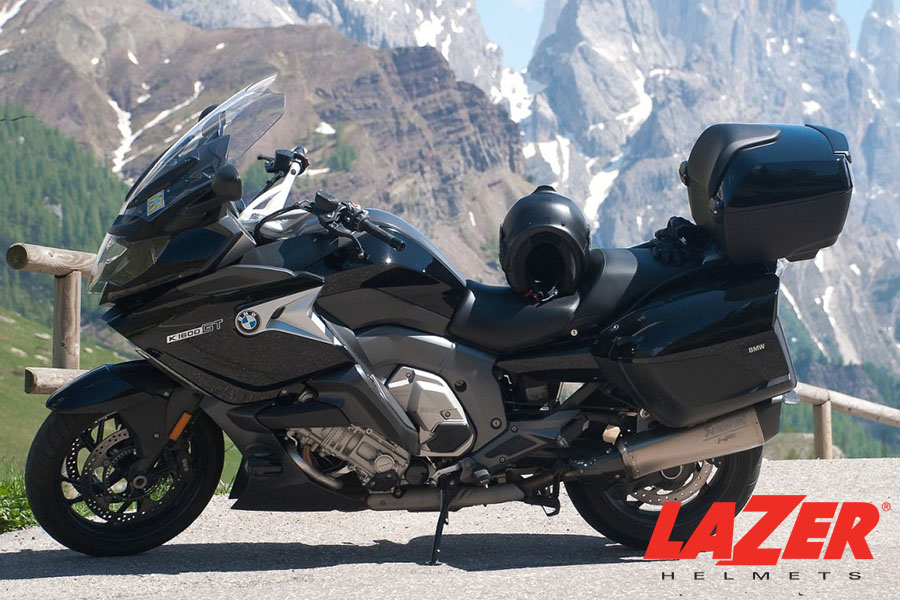
As the term “touring” suggests, the bikes are designed to handle long-distance trips, with unique features tailored for long riding, such as:
- Security alarms
- Protected luggage storages
- Navigation systems
- Large windscreens
- Comfortable seats
With so many accessories, there’s no wonder that their weight should not be underestimated. Only purchase it if you are an experienced rider. Regarding the price, it’s often about $8,000 to 44,000.
Sportbikes
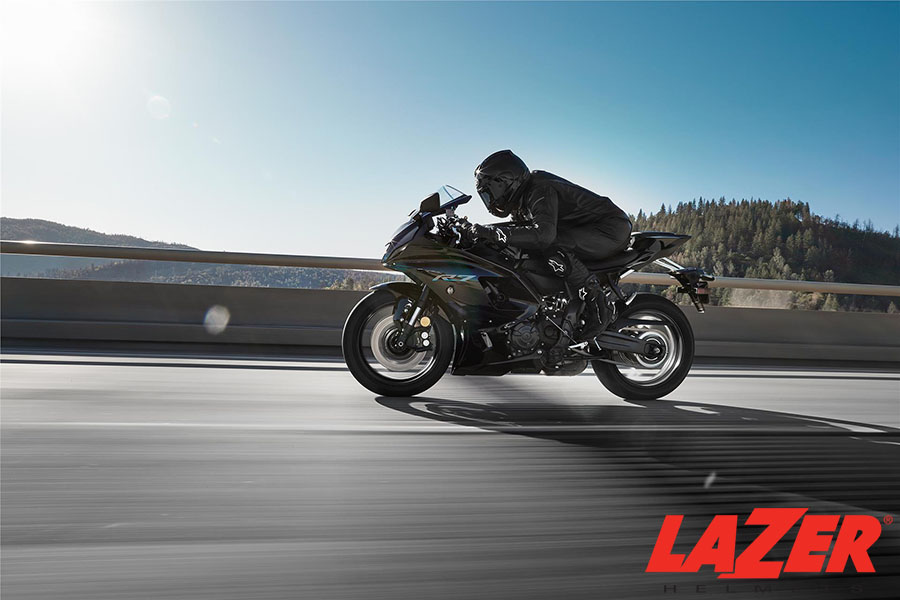
Is performance your utmost priority? Sportbikes will be the options to contemplate, coming well-equipped with agile handling, high-quality tires, and potent engines.
Furthermore, they also incorporate top-end accelerating systems with aerodynamic sculpting – hardly anything to complain about! These bikes often charge you from $4,500 to $40,000.
Dirtbikes

For fans of off-road riding, welcome to dirt bikes! These beasts are known for exceptional suspension levels (to soak bumps and ruts easily), aggressive tires, and tall seats.
They are regarded as a great starting place for inexperienced riders, which you can purchase at a price as cheap as $900. The high-end models, however, might reach $12,000.
Dual Sport Motorbikes

This option is produced for off- and on-road riding, loaded with many notable features from street and dirt bikes. Most people concur that they are great for weekday commuting and weekend trail riding – and can assist beginner riders without difficulties. Their price is about $4,500 to $25,000.
Scooters

Here comes the smallest bikes on the marketplace – scooters – common in commuting and urban riding trips. Nevertheless, some rarer models are still powerful enough to support you in highway traffic. They are usually valued at $2,000 to $7,000.
1b. Cars
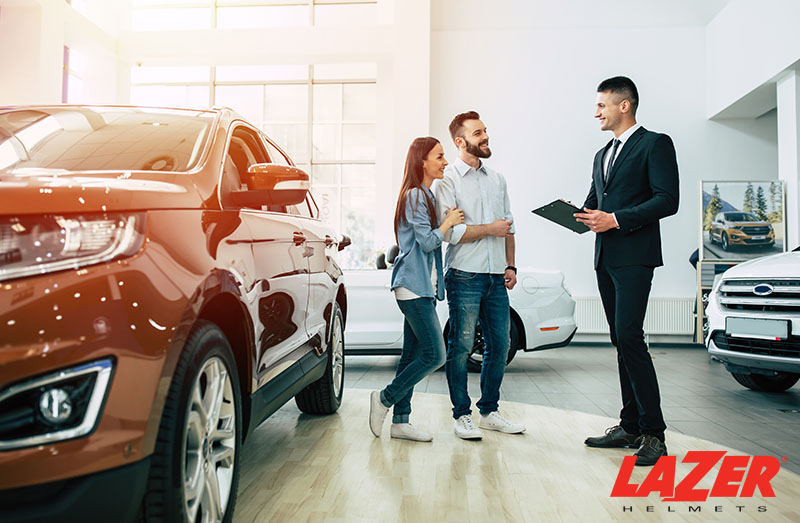
Like motorcycles, there are numerous car options. But overall, you can categorize them into three major groups:
Small Cars
Brands offer compact cars (100 – 110 cu ft) for combined passenger and cargo volume, whose lengths are typically 160 to 190 inches.
Regarding the price, these small vehicles can demand $23,000 to a whopping $70,000, depending on their model and make. Those from luxury brands will be even more costly.
Medium Cars
Intermediate cars are the most popular out of the bunch due to their size – neither too small nor too large, ranging from 111 to 121 cubic feet with combined passenger and cargo space. They can reach about 197 inches in length and cost around $23,000 to $80,000.
Large Cars
Now comes the last option – full-sized cars, bigger than the other two categories above. Their combined passenger space and cargo are never below 121 cubic feet. As a result, their price also surges – from $30,000 to $80,000+, depending on their models and makes.
2. Fuel Costs
An average bike can get approximately 50 MPG (mile per gallon) – a pretty impressive number when pitched against cars’ 25 MPG.
It’s easy to see the winner here; since motorcycles enjoy better MPG, their fuel charges are also cheaper.
3. Average Costs for Safety, Training, and Gears
Safety equipment required for car driving is… well, non-existent. To put it in another way, all features are covered in the upfront price. Even beginners only have one job: grab their keys, get into the car, and start driving!
But motorbikes are another story; special classes to master their mechanisms and common riding techniques are necessary – which already takes from you at least $350 (depending on where you live). Other items like jackets, boots, gloves, and motorbike helmets are needed, too!
Even when you try your best to minimize these costs, they can never be as low as cars’. A high-quality helmet alone already costs $300, and things only get worse from here!
Cars are the winner this time, costing much less regarding safety and training costs.
4. Maintenance Costs
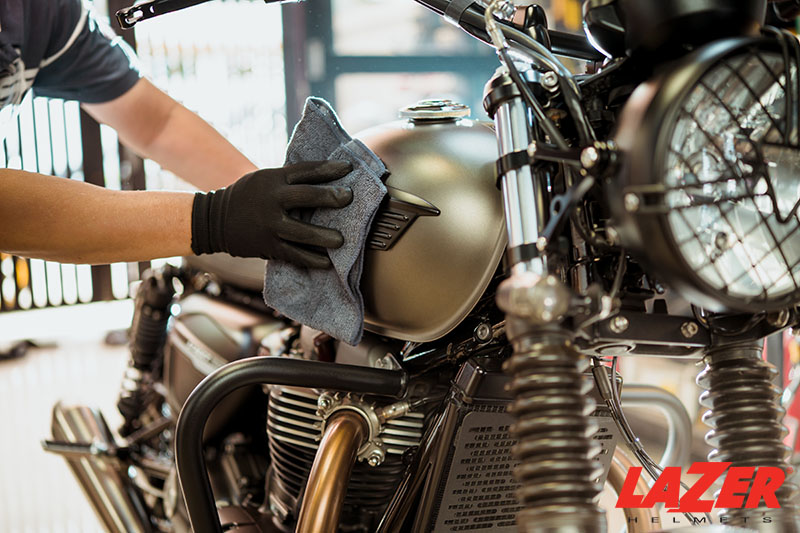
Though there are exceptions, we can say that motorcycles demand much more maintenance than their car counterparts. But don’t assume that cars take the lead here!
According to MIC (Motorbike Industry Council), the average money needed for motorcycle maintenance is about $105 per year. Not to mention, the bike tires also require more regular changing/replacement.
In compensation, motorcycle rubbers are much more affordable – and so are their services – which cancels out the drawbacks, in our opinion.
As per Policy Genius, the annual maintenance cost of a car jumps to $792. Even a kid knows which one the winner’s title goes to!
5. Insurance
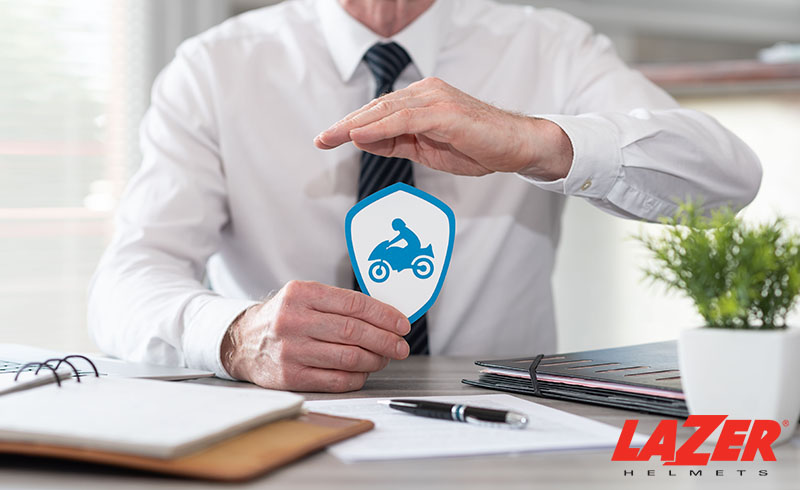
Motorcycle accident risks are far higher than cars, but that does not mean their insurances also follow suit. Cars have higher distribution rates/ customization and carry much more people, after all.
More specifically, average motorcycle insurance costs are about $700. Of course, this estimation also changes according to numerous other factors, such as:
- Your selected coverage type
- Zip code
- Your age
- Motorcycle type
- History of your past accidents/traffic violations within five years.
On the other hand, cars will call for about $1680 for insurance fees. Similarly, be prepared that it might change according to some other variables:
- Zip code
- Your driving records
- Types of insured cars
Still, they are much higher (more than double, actually) than the insurance costs for motorbikes.
6. Taxes
Do not neglect tax issues when pitching these two vehicles’ prices against each other.
Taxes on motorbikes often depend on their engine sizes. Costs tend to stoop lower for smaller engine sizes (below 150cc) and much higher for large ones (more than 600cc) a year.
The cases for cars, meanwhile, are heavily influenced by their C02 emission. The more CO2 the car produces, the greater the tax – and since their CO2 levels are never low, you can already guess the answer: they are much more pricey than bike taxes.
Verdict
After a 6-round battle, it’s 5-1 to motorbikes.
Other Than Costs, What Are The Reasons Bikes Might Be The Better Choice?

1. Great Health Benefits
Some readers might roll their eyes and quickly spew “they are dangerous!” arguments. But in fact, motorcycle riding has been proven by many studies and research as the superior option when it comes to riders’ physicality.
Sure, you might not be able to achieve the six-pack goal like how one would do at a gym, but other benefits are at play, such as:
- Stronger thighs and knees
- Better core strength
- Great calorie burning
- Insulin sensitivity
- Improved neck strength
- More stable mental wellness
2. Reduced Impact on The Environments
Since we have already mentioned that bikes enjoy better fuel efficiency, motorcycle riders can get to anywhere they like without worrying about excessive environmental impacts like with gas-guzzling vans or cars.
As owning a vehicle has become a trend recently, environmental impact reduction has become a crucial factor in every purchase. And by sticking to motorcycles, you can contribute to making the world a better place.
3. Easier Fix
Regardless of which vehicles you prefer, keeping a consistent, regular maintenance schedule is necessary to sustain its smooth running and overall health.
For people who hate all the complexity and hassles of elaborate car compartments, motorbikes are clearly the better choice.
Despite numerous upgrades over the decades, their fundamental features remain pretty basic, making their reparation and maintenance much more straightforward.
Beginner riders can even do simple tasks like chain adjustments and oil changes by themselves at home. Imagine how much money and effort you could save!
4. More Customizable
Are you one of those who cannot be satisfied with the “ordinary” and “standards”? Again, turn to motorcycles.
They offer limitless customization opportunities on practically any bike part you like: exhaust pipes, lighting, paint jobs, heated handles, etc. Be confident that other riders on the road will turn their heads to admire your hard work and creativity!
Tips to Buy Your Bike At A Great Price
1. Speak With Different Private Dealers/Sellers
Do not stick to just one dealer. If you contact multiple sellers around the same period, real-time comparison and evaluation will be much easier, giving you more leverage.
This tip is also practical if you intend to buy used motorcycles. After all, not all of them are in the same condition. One motorbike might have small scratches, the second bike suffers from worn leather seats, and the third has a huge gas tank dent or internal issues.
Inspecting more than one motorbike will give you a bigger overview and more choices to ponder over.
2. Control Your Emotions
Always present the best versions of yourself when dealing with the sellers.
Their impression of you will play a big part in your negotiation process; if they feel you are overly invested in the motorcycles, they will take advantage of that to boost the prices by several notes. Do not let that happen!
Since we are merely humans, separating our emotions completely from the purchase might be challenging. But at least try only to involve them at a minimum level.
3. Negotiation Tricks
- The early bird catches the worm. Once you see the ad, respond as soon as possible.
- Show your interest first to delight the seller then ask some questions about the bike’s condition
- You can call the seller instead of going in person to scour more options while saving time
- Start bargaining by low-balling the price along with your reason (for example: I find some scratches on the paint)
Conclusion
It is cheaper to own a motorcycle than a car, saving an insane amount of money for tight-budget customers while still delivering great performance.
So, turning to motorcycles will be a smart move for people who want to buy a car but cannot afford it yet. Not to mention, these bikes offer numerous benefits other than just the low costs, so you might also consider using them as the main transportation means for good!
We have lent excellent tips on purchasing bikes at a good price. If you still feel unsure, please write to us, and we will tackle your deep-rooted worries!

